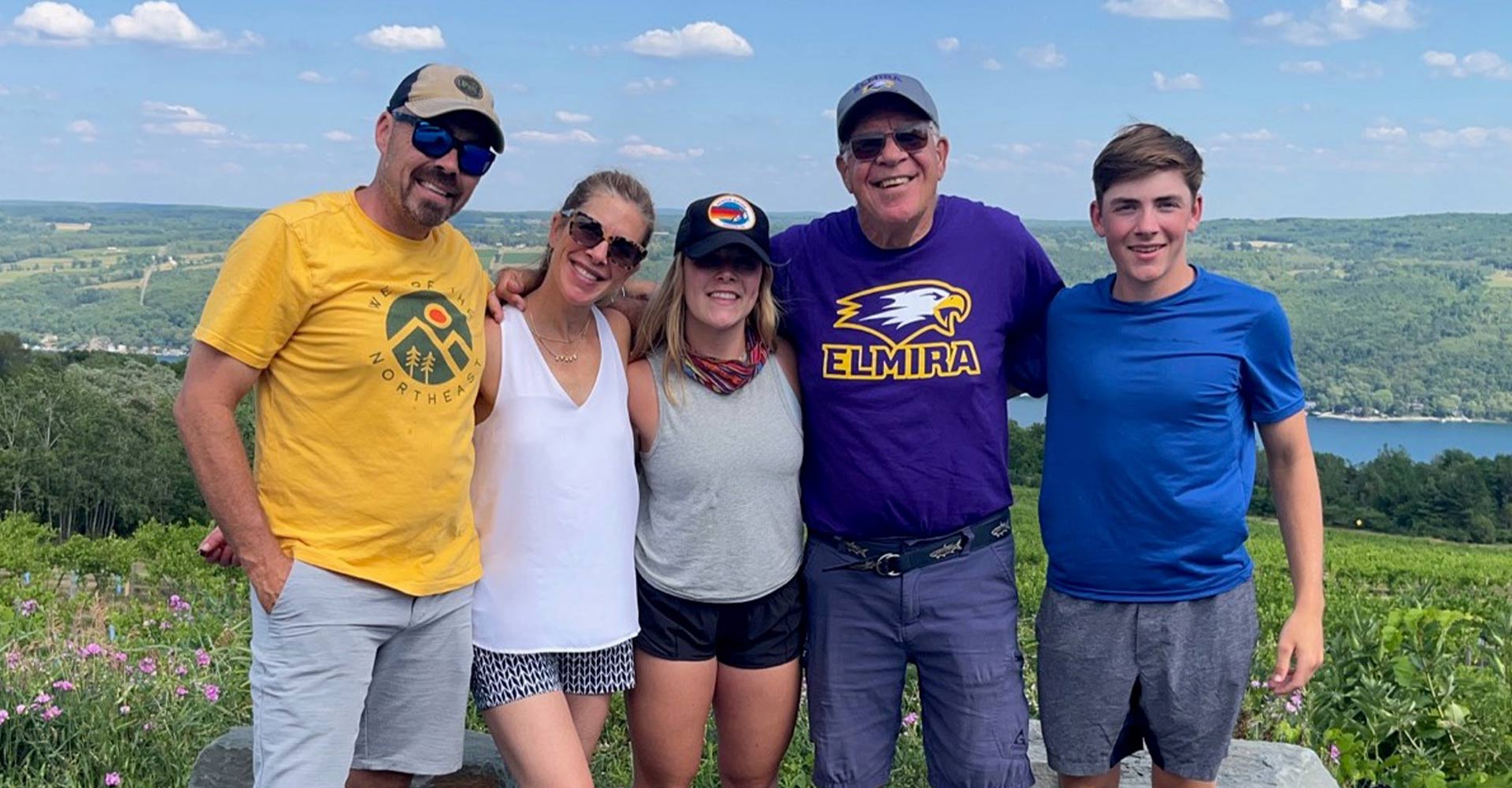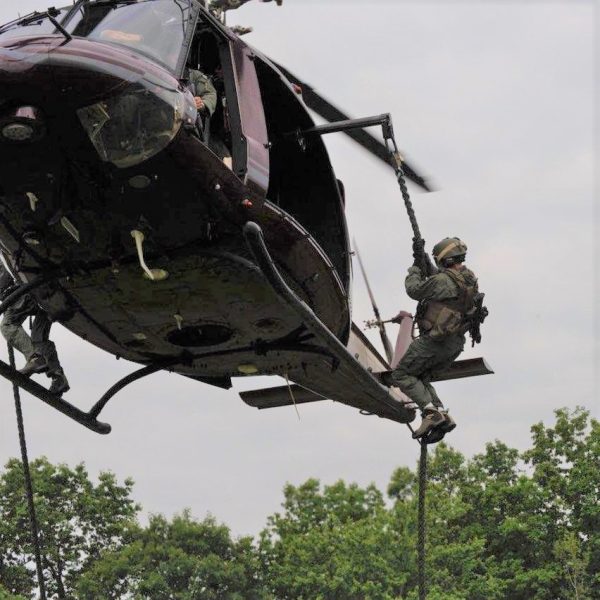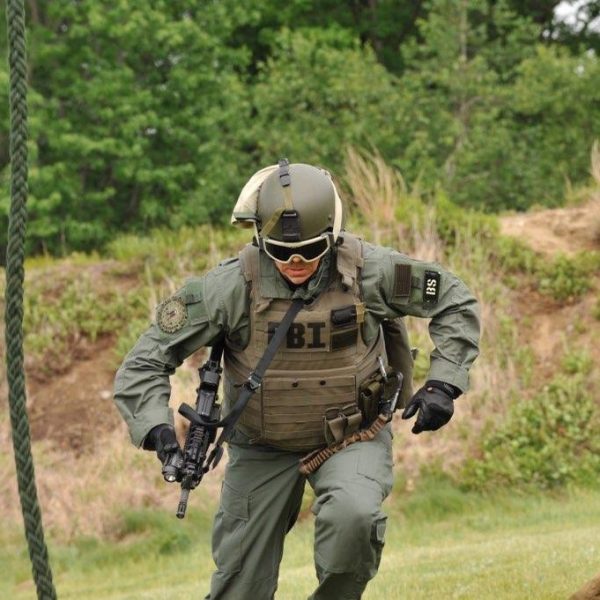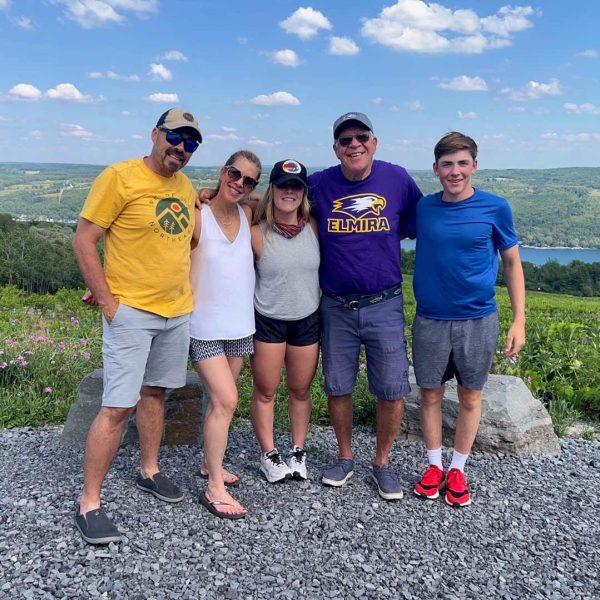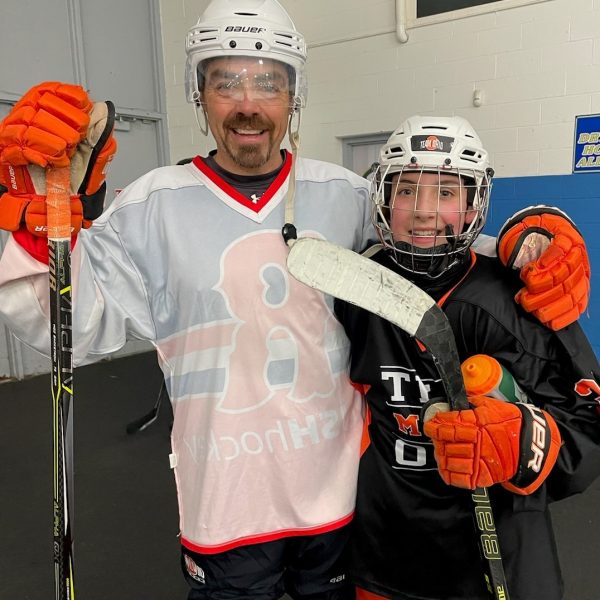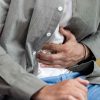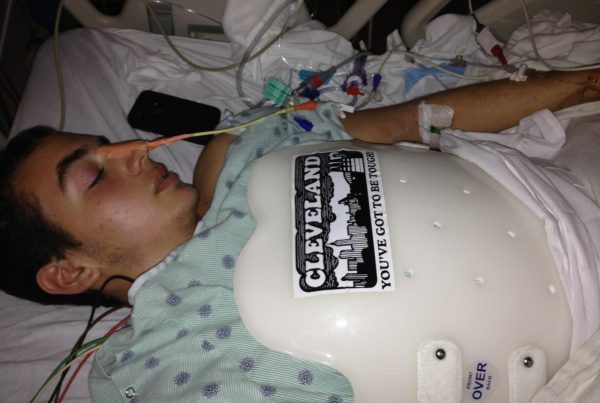Having joined at age 26, Eric Toole has worked for the Federal Bureau of Investigation for nearly half his life. It’s grueling work, especially in his role with the Special Weapons and Tactics (SWAT) Program.
The job was slowly taking a physical toll.
“You’d think the gear would get lighter as the years went on,” he says. “The vests and other items are made of lightweight Kevlar. But the helmets – with and without night vision goggles – get heavier.”
That extra weight on top of one’s head changes the body’s center of gravity.
Eric and his team had four day-long training sessions and several missions each month. It was lots of running, getting in and out of vehicles fast, moving a “downed operator” – a fellow agent weighing more than 200 pounds with gear. Lying prone for hours at a time during stakeouts.
In September 2020, Eric started to notice a lack of mobility in his neck. He couldn’t raise his chin without extreme pain. By January 2021, the pain had worsened, traveling down his arm and hand. He could no longer tolerate wearing his gear.
An MRI showed some abnormal stenosis. A piece of the C6-C7 disc near the lower part of Eric’s neck and the top of his shoulders had popped out of place. It was pinching on a nerve, causing pain to shoot down the right side of his neck and shoulder.
A surgeon said the best option for recovery was disc fusion surgery. Eric, then 48, wasn’t quite ready for that. A second surgeon told him he could benefit instead from aggressive physical therapy. A trusted friend put him in touch with Jessica Merhar.
At MetroHealth since 2013, Jessica is board certified in orthopaedics (one of four MetroHealth physical therapists with that certification) and completed a one-year physical therapy residency program. She also completed the two-year McKenzie International Diploma program of mechanical diagnosis and therapy (MDT). She is one of four physical therapists in Ohio with the advanced certification. Of the 511 MDT worldwide, 214 are in the United States.
It didn’t matter the MetroHealth Beachwood Health Center, where Jessica sees patients, was 25 miles from Eric’s home. He made an appointment.
“Eric is a super smart guy. He wanted to know everything about his injury,” Jessica says.
He wanted to know if he could avoid surgery and get better with physical therapy. Jessica said yes.
“I could tell she was super organized, very confident in her capabilities,” he says.
Eric began working with Jessica on March 1, 2021. They quickly found out they had a bond; Jessica had served in the US Army Reserve for a dozen years.
“I think she liked my work ethic,” Eric says.
Eric was focused on getting better and expected results quickly. But because his injuries were so complex, he couldn’t tolerate most of the exercises.
“The typical movements that would normally help decrease someone’s pain would make his pain worse,” says Jessica, who knew that she would need more time than usual to work with him. “He’s probably in the top two most complex and severe neck patients that I’ve ever seen.”
Over the course of 20 sessions – more than twice the usual number – Jessica worked with Eric on a range of motions, identifying which ones gave him pain and which ones gave him relief.
Eric slowly improved.
He regained some movement in his neck and was making progress when he ended his sessions with Jessica four months later. He was headed to FBI headquarters in Washington, D.C., for four months of training for a new position with the bureau.
While away, Eric continued working on the techniques he learned from Jessica: changing his posture and continuing the mobility and strength exercises she taught him. When he returned to Cleveland, he resumed physical therapy with a therapist closer to his home.
By January he had stopped therapy but continued to improve. He resumed lifting weights and started playing hockey again.
Because the stenosis won’t disappear completely, he’s still using the techniques Jessica taught him so he can return to some of the pre-injury activities he enjoyed, including running, swimming, and cycling.

